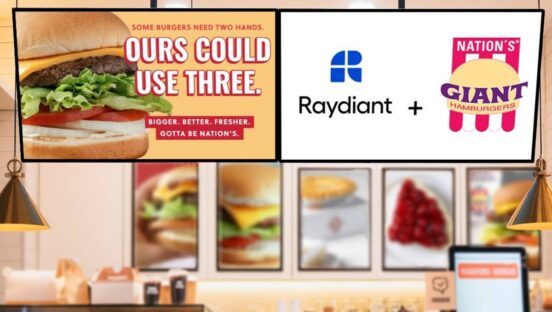“If you thought marketing meant turning off your creativity, spending lots of money, and being annoying, then it’s a good thing you don’t like that. Nobody likes that. Just find creative ways to be considerate. That’s the best marketing.” — Derek Sivers
Saying Internet marketing is difficult is as contradictory as saying it’s easy: In reality, nobody knows what it is. Some love it, others hate it, and some turn it into a science, while an ever-growing crew prefers to just post things in the same online marketplaces and hope for the best.
The Kind of Marketing that Works
Derek Sivers, the author quoted above, could be considered a marketing revolutionary and pioneer. In his book Anything You Want, he details the marketing techniques he used to grow the first online independent music store, CD Baby—which he started as a hobby— into a $22 million dollar giant that he then gave away to charity in 2005.
Some of Derek’s techniques were as simple as paying attention to everything his customers talked about and constantly looking for ways to make them smile; such as making sure the phone was always picked up by a person on the second ring, sending unexpected gifts, and personalizing every email. Customers (both musicians and buyers) then inevitably talked about their experiences on blogs, Youtube, and more importantly, to people they knew in real life.
There are two lessons here: First, there’s no better marketing than a good service. And second, marketers need to capitalize on word-of-mouth to sustain their growth. We’ll trust that most restaurants already know the importance of a great service, so we’ll cover the second one now:
Building a Review Empire
There’s a huge difference between a commercial and a recommendation by a friend, especially for restaurants. In the first one, recommendations are issued by someone that everyone knows was paid to talk about a restaurant. In real life, however, most recommendations come from people customers know and trust, people who they consider to have valid viewpoints, and who they know to have the best intentions for them, regardless of their knowledge.
This, however, translates differently on the Internet.
On the Internet, there’s little to no chance that a potential customer already knows a previous one, which makes pictures, URLs (which might also help promote their personal business), and opinions written on their personal voice and preferred tone, all the more important. There are also no time or space limitations, so restaurants can go in depth to really show who the person is, why their opinion matters, and what they think about the service they’ve received.
If the base of good marketing is to make sure people are satisfied and that they’ll tell everyone about it, as our previous history makes us think, customer reviews all of a sudden do not only make sense, they become the a pillar of a successful Internet marketing. Because of this, we’ve created a small checklist to help entrepreneurs capture the essence of their customer reviews and use them to attract new, more specific customers.
Step 1: Obtaining. First things first, customers need to be asked for reviews. Restaurants may have difficulties obtaining them, as the likelihood of a customer reviewing depends on many factors (which range from the strength of their relationship with the provider to the industry they’re in), but it can also be an incredibly illustrative process, as it’ll show the restaurant what customers find most valuable. This, in turn, will help the company obtain information that will them help provide a better service in the future. While at this process, it’s always important that brands remember to always be open to constructive criticism, and accept it as an opportunity to improve.
Step 2: Branding. Perhaps the hardest part of this process, integrating customer reviews to a restaurant’s marketing and branding is vital to move toward an integral approach. This is a process that requires patience, as it pays off in the end, but that will help the company find the type of customers they’re better suited for in the long run.
Step 3: Displaying. Reviews need to be in plain sight, or in a place where they can be easily found by anyone. On the Internet, people are careful to make sure they’re spending money on reliable companies, so being upfront about their reviews is one of the best things a company can do. Showcasing negative reviews along with the positive ones, paradoxically, can also be helpful to convey an image of transparency and honesty, which are always viewed as signals of great care for improvement. Think Yelp, TripAdvisor.
Step 4: Promoting. Perhaps the most overlooked part of the customer review world for restaurants is review promotion. Reviews, however, are incredibly easy to promote: They can be tweeted, made into Facebook ads, published on a website, built into content … the list can go on and on. A restaurant’s insights, as well as the result of previous marketing efforts may help them clarify and choose the right path for promotion, while keeping an integrated approach on their branding and showcasing helpful reviews of their products and services.
A lot of things have changed since Internet marketing is at its all-time peak: Some might say there’s too much competition, which makes every restaurant want to do as much as possible to stand out; while SEO, content marketing, social media, and other terms are now a part of our day-to-day vocabulary. In short, now it’s the time to rethink everything we thought we knew about marketing, as new media is in everybody’s hands.
Carlos Cano is a writer and marketing strategist from Mexico. He’s also a musician, a published author, digital nomad, and regular contributor to TrustRadius, where he shares his knowledge of the latest trends in B2B news and software.












